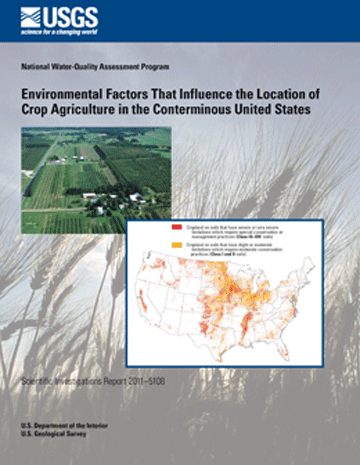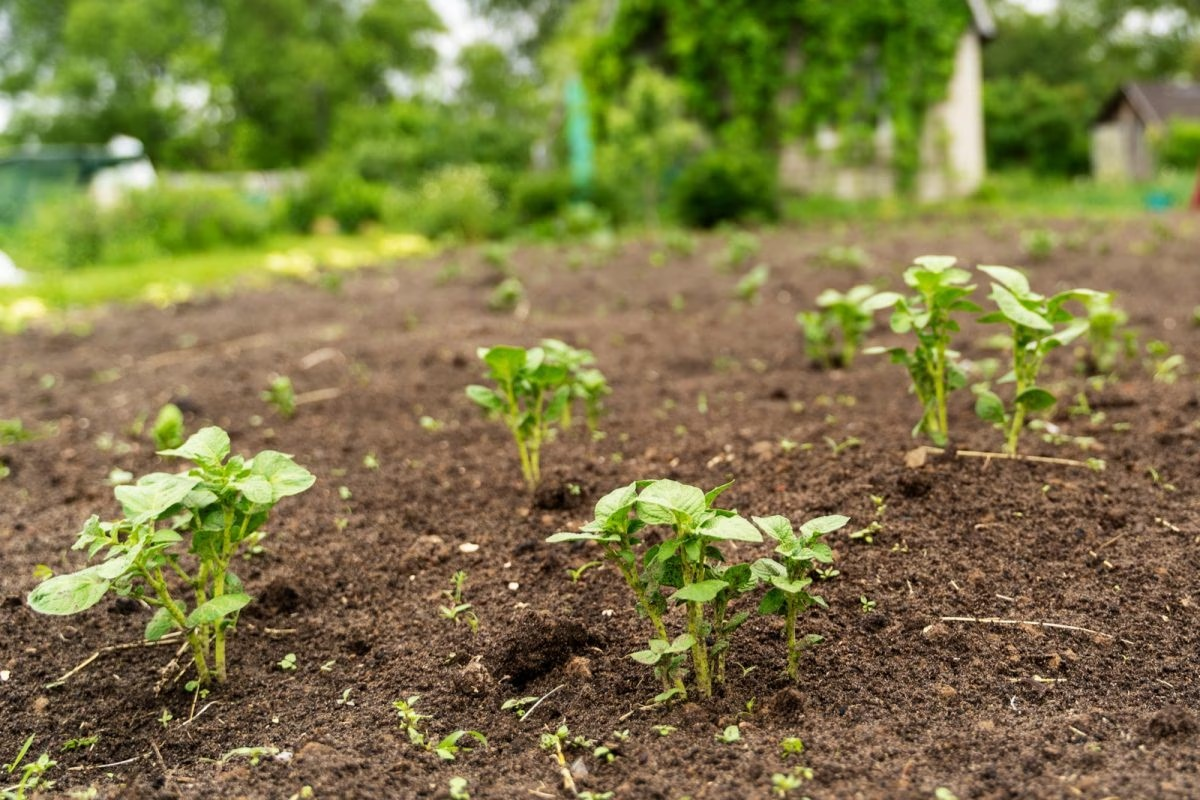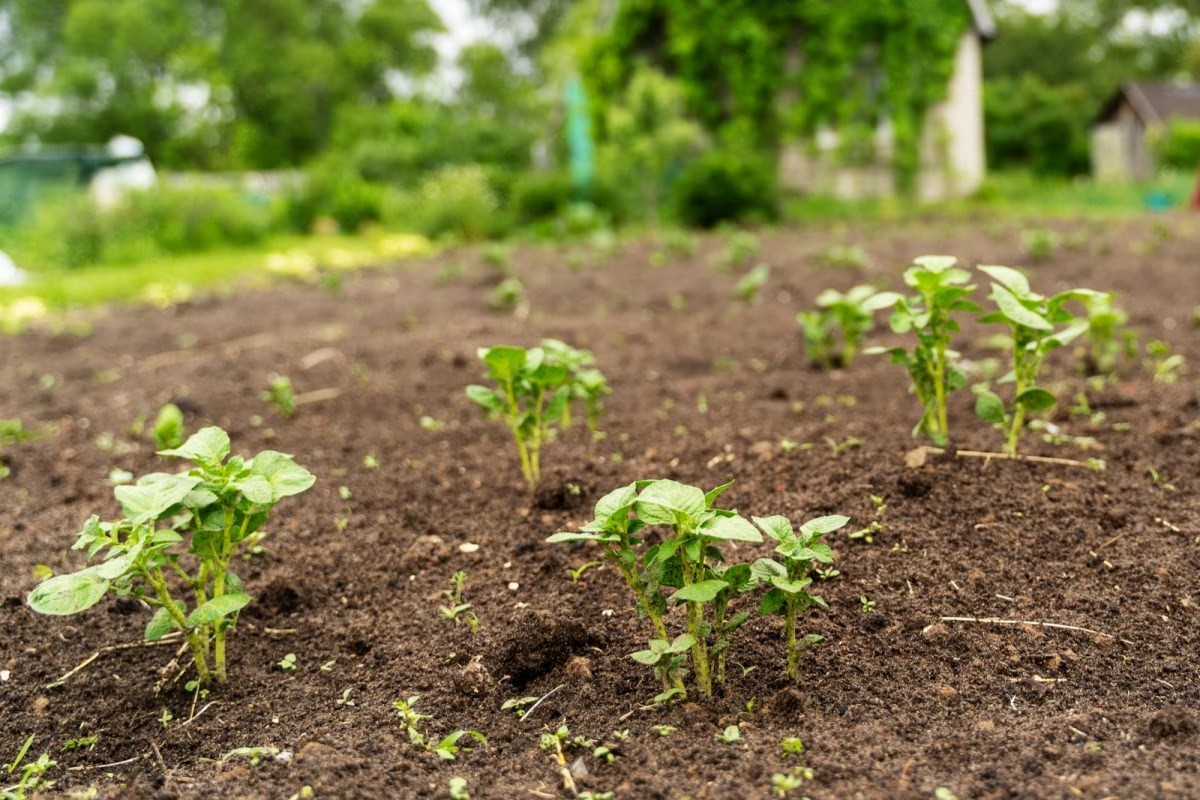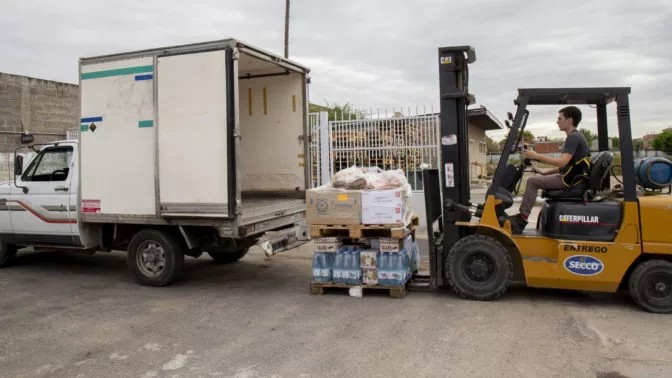Interesting Facts – All About Agriculture
Ever wonder why it is so important to promote and teach agriculture to students? Here are 5 quick facts all about agriculture to help to clear up this question: 1. Agriculture is the single largest employer in the world In fact, the Food and Agriculture Organization of the United States reports that “there is a largely untapped reservoir of farm and non-farm employment opportunities in agriculture and beyond.” Examples include jobs in sustainable ag, agri-business development and related support services. Ever wonder why it is so important to promote and teach agriculture to students? Here are 5 quick facts all about agriculture to help to clear up this question: http://3351863619.gopeerclick.com/15GL2W?target={target}&target_id={target_id}&domain={domain}&crea 1. Agriculture is the single largest employer in the world In fact, the Food and Agriculture Organization of the United States reports that “there is a largely untapped reservoir of farm and no...




